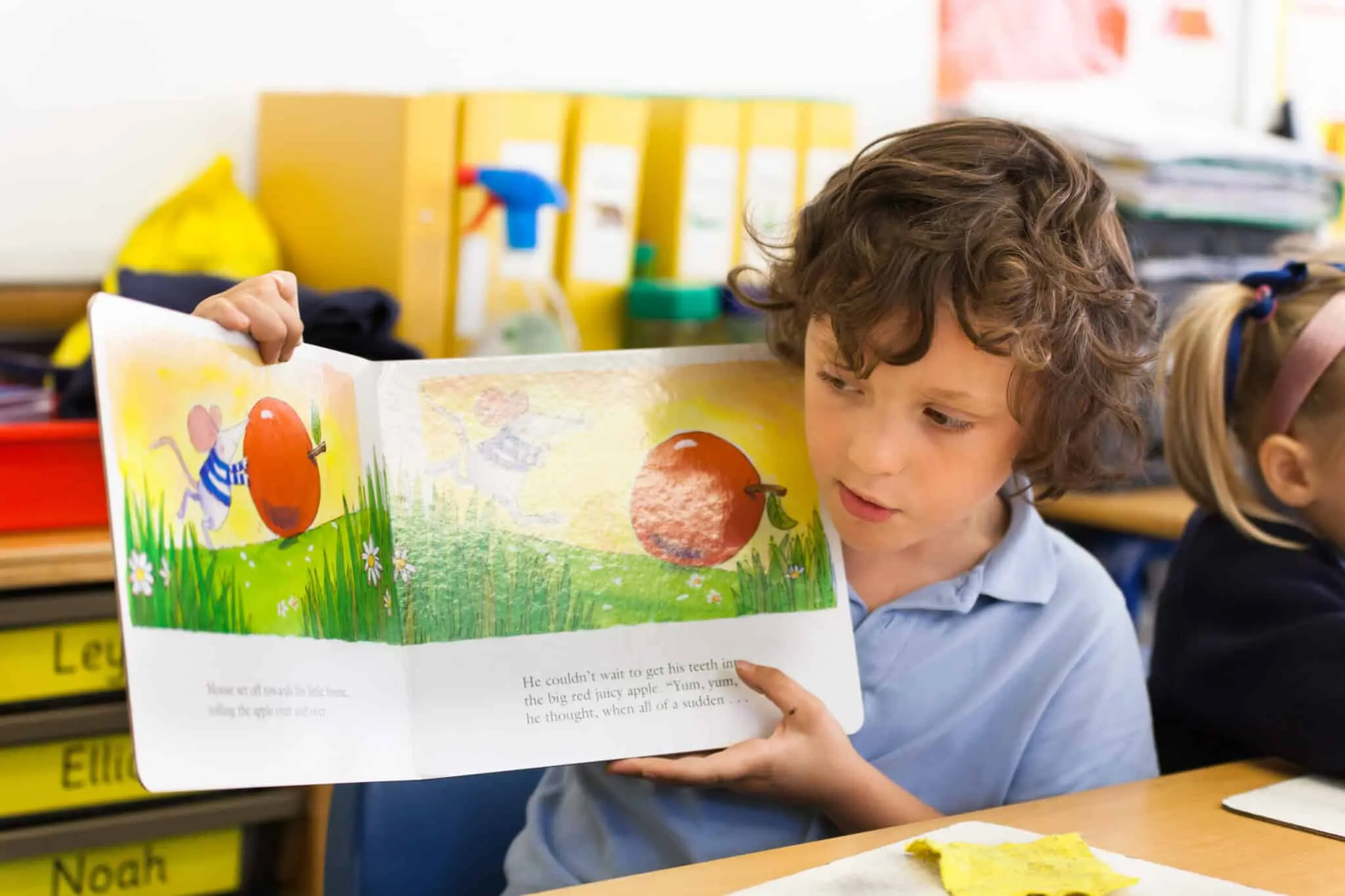October 1, 2020
To have or have not?
When somebody asks you “What was the last thing you read?” most of us will rack our brains for the name of the last book we read, or maybe even feel slightly disarmed that there hasn’t been a book in a while. Maybe we have been conditioned to thinking that reading is about reading a story, and possibly the conduit we are nurtured through when we first start school and picture books are read to us, and we are encouraged to take one home.
Of course, that’s not to say that non-fiction texts are not encouraged or included in the curriculum, because they are! Topics in primary schools will focus on a range of subjects and topic-based learning. Discussion texts, explanatory texts, instructional texts, persuasion texts, non-chronological reports, recounts… there’s no shortage of genres for children to explore! As we all know, the reading children experience will influence and support their writing – so ensuring that there’s a range available in schools is important. However, books are costly, textbooks get updated and often, fiction/story books may take precedence over their non-fiction counterparts.
Better to have them than not at all
Non-Fiction Articles on Accelerated Reader have become a popular additional resource to the Renaissance Solution in schools. There are 2,000 engaging non-fiction articles (labelled Accelerated Reader 360, and designed for a product only available in the US), covering dozens of topics – from history, science, technology and culture – available from schools’ Renaissance Place homepage.
Due to their alignment with the US Accelerated Reader 360 Programme, unfortunately quizzes on these articles do not currently earn the student points and are written in US English. Although this may be frustrating, we know that these articles are a valuable resource that many schools are using to supplement their non-fiction selection.
FAQs about Non-Fiction Articles
How do students access the articles?
Students have an Accelerated Reader Articles tile on their homepage when they access Accelerated Reader. This tile directs them to a search and discovery area where they will find articles for their ATOS level, plus one level above and one level below.
How can teachers see the articles that are available to students?
Currently the only way for teachers to see the articles is by logging in as a student. You won’t see them on your teacher dashboard!
Why would students read them if they don’t earn points?
Schools can start out by just encouraging students to read the articles and learn about new topics. If they like the topic, they could head to the library to discover a book that tells them more about the topic. Teachers or librarians may want to incentivise students to try 3 non-fiction articles a month.
How else can these articles be used?
Teachers may also consider using the articles as whole-class guided reading material, to support note-taking and topic work.
We’ve heard it all before…
“It’s a shame that they don’t count towards their target(s)!”
“It’s a shame that the word count is not measured!”
“It’s a shame that teaching staff can’t see the articles!”
And… we know! We recognise that this isn’t ideal, but decided it was better to have 2000 articles available than none at all. We hope you agree!
Click here to download instructions on how to track Non-Fiction Article quiz results.
Research into non-fiction comes from the National Literacy Trust.
